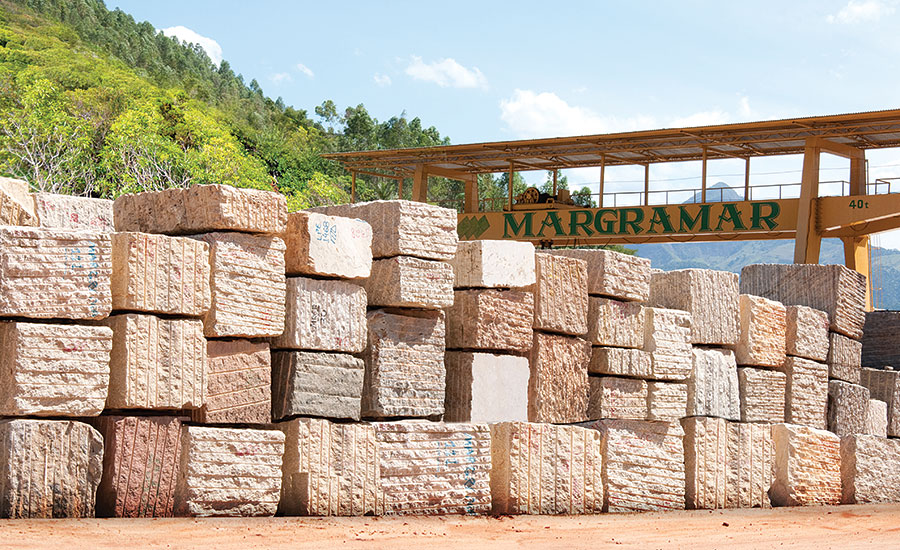Discovering Granite Quarries in South Africa: A Comprehensive Guide
Discovering Granite Quarries in South Africa: A Comprehensive Guide
Blog Article
Uncovering the Rich History and Sustainable Practices of Granite Quarrying
As we depend on the precipice of revealing the intricate tapestry of granite quarrying, a trip with time reveals not simply the physical act of drawing out rock but also the cultural and historical significance woven into the really fabric of this practice. From the ancient origins that laid the foundation for contemporary quarrying strategies to the lasting practices that are forming the future of this market, each chisel mark on granite surface areas narrates waiting to be uncovered (granite quarries in south africa). The legacy of granite quarrying extends much beyond plain extraction; it is a testament to human resourcefulness, strength, and the long-lasting appeal of this magnificent stone
Old Beginnings of Granite Quarrying
Going back to old people, the technique of quarrying granite has actually been an important component of human background and building improvement. The earliest proof of granite quarrying dates back to old Egypt, where huge pyramids and complex sculptures were crafted from this resilient rock. The Egyptians made use of primitive devices to remove granite blocks from quarries, showcasing the relevance of this material in their monumental constructions.
Progressing in background, the Greeks likewise made significant contributions to the quarrying of granite. The Greeks used granite in various building wonders, such as holy places and statues, demonstrating their ability in shaping and carving this sturdy stone. The Romans additionally fine-tuned the techniques of quarrying granite, employing innovative devices like knives and hammers to essence and shape granite for their famous structures.
Via the centuries, the technique of quarrying granite has actually developed, with modern-day innovations improving effectiveness while keeping the classic charm of this all-natural rock - granite quarries in south africa. From old worlds to modern contractors, the heritage of granite quarrying proceeds to form our world
Advancement of Quarrying Methods
The evolution of quarrying strategies has been marked by a constant progression in the direction of greater effectiveness and precision in extracting granite. From the simple approaches employed by our forefathers to the sophisticated innovations used in modern-day quarrying operations, the sector has undergone considerable innovations. Early quarrying techniques entailed manual work with fundamental tools such as knives, hammers, and wedges to draw out granite blocks from the planet. As worlds advanced, strategies like fire-setting and primitive explosives were introduced to facilitate the extraction procedure.
In more recent times, the advent of equipment reinvented the quarrying market, allowing quicker removal rates and boosted efficiency. Technologies such as diamond cord saws, high-pressure water jets, and pneumatically-driven drills have actually become typical in contemporary quarries, permitting specific cutting and decreased waste. Advancements in computer-controlled devices and 3D modeling have optimized quarrying procedures, leading to minimal ecological influence and enhanced sustainability practices. As the demand for granite remains to rise, the evolution of quarrying methods stays essential to meeting market needs successfully and sustainably.
Cultural Value of Granite
Granite holds a profound cultural relevance throughout various human beings as a result of its enduring existence in architectural work of arts and admired monuments. From the stunning pyramids of Egypt to the elaborate makings of the Angkor Wat temple in Cambodia, granite has been a material of selection for revealing splendour and longevity in cultural heritage. In ancient Rome, granite columns embellished holy places and public buildings, symbolizing strength and permanence. The cultural relevance of granite prolongs past its physical qualities; it embodies strength, security, and timelessness, making it a symbol of sustaining legacies and customs.

Sustainable Practices in Quarrying
Among the rich background of granite quarrying and its cultural significance exists an expanding emphasis on sustainable methods within the sector. As ecological awareness and issues concerning source exhaustion have actually increased worldwide, the quarrying field has actually progressively accepted sustainable techniques to minimize its influence on the setting and bordering neighborhoods.

In addition, improvement and recovery of quarry websites post-extraction are indispensable to sustainable practices. By bring back quarried areas to a natural or useful state, such as producing wild animals habitats or entertainment rooms, quarriers can balance out the ecological impact of their operations and add positively to the neighborhood community.
Heritage of Granite Quarrying
With a historical backdrop soaked in workmanship and commercial progress, what withstanding impact has granite quarrying left on the landscape of modern culture? The heritage of granite quarrying transcends simple removal techniques; it has shaped architectural marvels, metropolitan landscapes, and social heritage worldwide. The sturdy nature of granite has made it a favored option for monoliths, buildings, and facilities, standing as a testimony to the skill and virtuosity of quarry employees across generations.
Moreover, the economic impact of granite quarrying can not be overlooked. The sector proceeds to give job opportunity and drive local economic situations in regions where granite removal is prevalent. It has additionally spurred technological advancements in quarrying strategies and devices, bring about extra efficient and lasting methods.
In terms of sustainability, the tradition of granite quarrying consists of efforts to minimize ecological influences with reclamation jobs and accountable resource monitoring. By balancing financial passions with environmental stewardship, the sector makes every effort to ensure that future generations can remain go to these guys to profit from this enduring natural deposit.
Verdict

Report this page